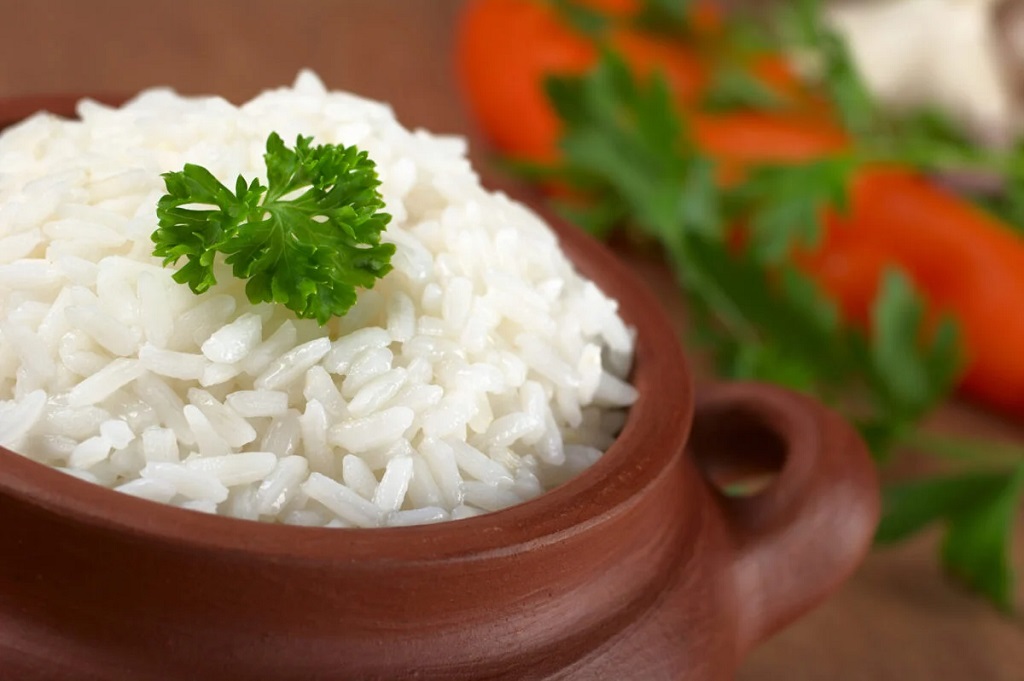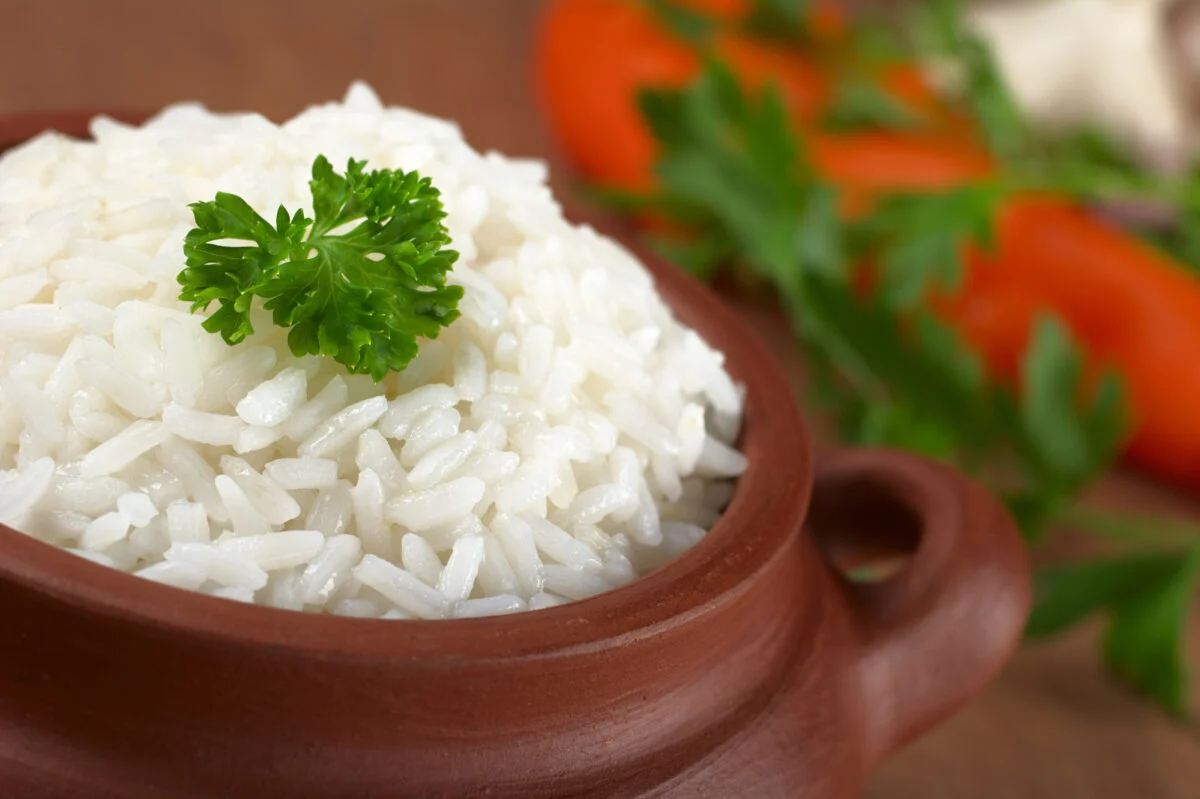Rice is a staple in many cuisines around the world, and it’s not uncommon to occasionally end up with a batch that’s just a bit too salty. Whether you accidentally added too much salt during the cooking process or you’re dealing with a pre-packaged mix that turned out saltier than expected, don’t worry – there are ways to rescue your dish and make it enjoyable. In this guide, we’ll explore various techniques on how to fix salty rice and turn it into a delectable meal.
A Guide to Rescuing Your Dish to How to Fix Salty Rice

Rinse and Drain
The most straightforward method to reduce saltiness in rice is to rinse and drain it. Place the over-salted rice in a fine-mesh sieve and rinse it thoroughly under cold running water. Stir the rice gently to ensure even rinsing, and let the excess water drain away. This process helps remove some of the surface salt and can be particularly effective for fluffy, long-grain rice.
Add Unsalted Rice
If you have the time and ingredients, consider how to fix salty rice by cooking an additional batch of unsalted rice and combining it with the salty one. Mix the two batches thoroughly, ensuring an even distribution. This will dilute the overall salt content and balance the flavors.
Neutralize with Starch
Starchy foods like potatoes, pasta, or unsalted rice can help absorb excess salt. Cook a small amount of the chosen starch separately, then mix it with the salty rice. The starch will absorb some of the salt, making the overall dish less salty.
Increase Volume with Vegetables
Another effective strategy is to increase the volume of your dish by adding vegetables or unsalted ingredients. This will dilute the salt concentration, creating a more balanced flavor profile. Consider tossing in fresh vegetables, beans, or other grains to achieve the desired result.
Lemon or Vinegar Zest
The acidity in lemon or vinegar can help mask excessive saltiness. Add a small amount of lemon zest or a splash of vinegar to the salty rice and mix well. Taste as you go to ensure the desired balance without overwhelming the dish with acidity.
Dairy or Coconut Milk
Incorporate dairy or coconut milk into the dish to counteract the saltiness. The creaminess of these liquids can help mellow out the salt while adding richness to the rice. Adjust the quantity based on your preference and taste as you mix.
FAQs
How can I fix a rice dish that turned out too salty?
One effective method is to rinse the salty rice under cold running water using a fine-mesh sieve. This helps remove surface salt, making the dish less salty. Alternatively, you can cook an additional batch of unsalted rice and mix it thoroughly with the salty one to dilute the overall salt content.
Are there any ingredients that can help reduce saltiness in rice?
Yes, adding starches such as potatoes, pasta, or unsalted rice can absorb excess salt. Cooking a small amount of the chosen starch separately and then combining it with the salty rice helps neutralize the saltiness. Additionally, increasing the volume with unsalted vegetables or grains can achieve a more balanced flavor.
Can I use acids to counteract the saltiness in my rice dish?
Absolutely. Adding a small amount of lemon zest or a splash of vinegar to the salty rice can help mask excessive saltiness. The acidity in these ingredients balances the flavors, so it’s advisable to taste as you go to achieve the desired level of balance without overwhelming the dish with acidity.
Final Thought
Nobody wants to waste a good batch of rice, and with these techniques, you can easily salvage a salty situation in the kitchen. Whether it’s rinsing, diluting, or neutralizing, there are various methods to fix salty rice and transform it into a flavorful and satisfying meal. How to Cook Long White Eggplant? Experiment with these tips to find the approach that works best for your taste buds, and enjoy a delicious rice dish every time, featuring the unique flavors and textures of perfectly prepared long white eggplant.





